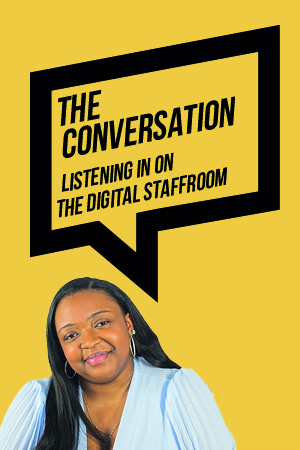Publisher
Big Education
ISBN 10
N/A
Published
11 Jun 2020
Gerry Robinson finds this celebration of stakeholder engagement is a life-affirming call to action
In many ways, chapter five of Schools in their Communities offers an apt summary of the collection of essays that make up this book. The chapter tells the story of School21’s community choir, a process described as “life-affirming”, “enriching and empowering”. The results, we are told, have been a celebration of the power of community projects.
Made freely available, the book creates a powerful chorus of voices committed to ensuring the “health, wellbeing and success of their communities”, encouraging those who are interested in community action to take their next steps.
As Dr Karen Edge says in her foreword: “Our schools’ roles as central to our communities have never been clearer to the wider public.” Indeed, from food banks to mental health support, schools are increasingly referred to as a fourth emergency service. In a pandemic that has asked so much of them to ensure children and their families are looked after, yet seen them so roundly criticised by politicians and the media, that acknowledgement is indeed “life-affirming”.
Often, community support is a one-way process
Often, though, this community support is a one-way process; schools offer and families receive. This is not a criticism of schools; in fact, it is an approach rooted in exactly the kind of values of generosity and care upon which great communities are based. However, as most of these essays remind us, if this work is to have a sustained impact it must lead to parents, children and other stakeholders becoming active agents for change, rather than passive recipients of support.
The importance of engaging students in community projects is perhaps most powerfully conveyed in chapter one, in which we meet Ruth and her fellow pupils at St Antony’s primary. Ruth has been affected by a proposed housing development: her best friend is one of the first to be rehoused and she has no idea if she’ll ever see her again.
Ruth’s anger and dismay that there are no affordable homes in the new development is echoed by adults in the local community, including several faith leaders. Attempts to spur the council into action has little effect, until the children become involved. Over the course of their campaign, Ruth speaks in front of hundreds of people and the class marches to the council offices to present their persuasive letters, bringing balloons, flowers and chocolates to sweeten the deal.
I strongly recommend you read the outcomes of their campaign, but it is not giving away too much to say that chief among them is the sense of empowerment Ruth and her peers feel for having been involved in such a monumental community project. As the essay concludes: “Ruth will forever feel powerful.” Isn’t this something we want for all our young people?
As these essays make clear, schools are already engaging students and their families in community action. From parent-based ESOL classes to student-led campaigns against domestic violence, this collection will inspire anyone who is keen to see what collaborative engagement looks like in practice. None of them would claim that every one of their projects was smooth sailing, but in many cases it was the process itself that resulted in long-term impact on the progress and life chances of students and their families.
The collection’s editor, Sebastien Chapleau, writes that the pandemic has brought us to a point in time when we can redesign our education system to be more community-centred. He urges us to “reconnect to the very reason that many of us became educators in the first place: a holistic view of what education and schools can do to make society a much better place”.
With this celebration of grassroots activism and stakeholder engagement in hand, we really have no excuse not to.













Your thoughts